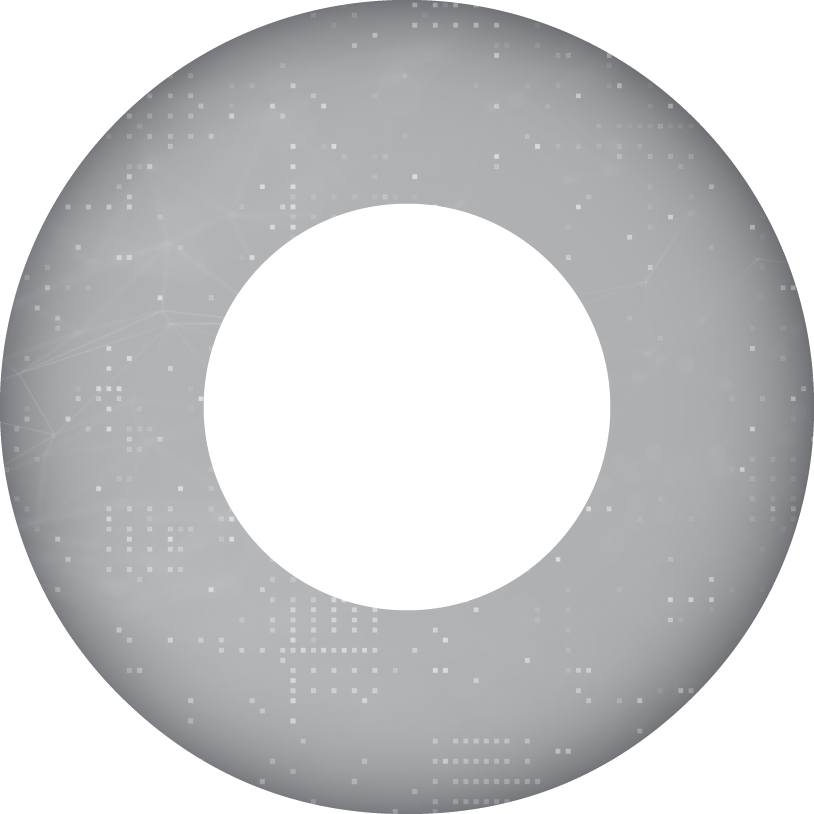Did you know 60 percent of organizations plan to invest in Extended Detection and Response (XDR) over the next 12 months?

Cybersecurity Solutions Built by Security Experts, for Security Experts
Choosing the Right Platform for Your Organization
XDR VS. SIEM:
XDR performs real-time analysis and threat detection.
1
Analyzing robust telemetry is essential to any effective threat detection and response strategy. SIEM detections are based on log sources and alerts, which may not give a full picture of the attack surface.
XDR meets the needs of organizations by collecting information from across their IT infrastructure – giving a full picture of the attack surface, with detections based on high-efficacy telemetry from multiple attack vectors. Taegis™ XDR takes a purposeful approach, prioritizing the most critical alerts across data sources with the highest threat detection value.
“As security information and event management (SIEM) technology becomes outdated and less effective, cloud-delivered security analytics platforms that provide custom detections will dictate which providers will lead the pack.”
– Forrester
Many day-to-day tasks of a Security Operations Center (SOC) are repetitive, manual, and time-consuming. SOAR platforms are often added as an extension of SIEM for automation – but require a highly mature SOC to implement and maintain integrations and playbooks.
XDR achieves effective threat detection by combining machine learning-driven analytics, automation, and comprehensive threat intelligence. Unlike SIEM, Taegis XDR includes native support for all these elements – because they are part of its original intent and architecture.
Nearly 60 percent of organizations say that the use of automation, AI and machine learning – which is built into XDR – helped them significantly improve cyber resiliency.
XDR provides comprehensive threat detection integrating machine learning and automation.
2
The total cost of ownership of a SIEM can be very expensive. Licensing based on data volume means that a SIEM might inadvertently punish your good cybersecurity practices – such as defense in depth – with financial penalties. Sure, your upfront costs are clear – but do you know where the hidden and variable costs are lurking?
XDR offers lower total cost of ownership and better value than SIEM over the long run. Taegis XDR has predictable pricing and lower throughput costs that encourages customers to send more data for better visibility and detection.
The two most challenging attributes of SIEM for organizations, according to a survey from ESG, are:
XDR maximizes your current investments and reduces total cost of ownership.
3
SIEM requires investments in other tools to maximize functionality from the services. You may need to purchase other products like vulnerability management software or threat intelligence to get a full picture.
By contrast, XDR uses one platform for deep visibility into your IT ecosystem. Across endpoint, network, cloud, identity, and other business systems, the Taegis platform gives you everything you need to prevent what you can by identifying and patching vulnerabilities, curate threat intelligence, detect threats, and drive faster response actions.
“Comprehensive XDR solutions will eliminate the need to separately monitor and maintain an array of point products; analysts receive fewer duplicate alerts, giving them more time to focus on the ones that matter. As security operations become more efficient and the number of monitoring tools decreases, the overall cost of ownership is lowered.”
– Security Magazine
XDR connects existing point solutions across a single platform – saving costs and stress.
4
SIEM requires integrations with other tools for response. This can slow your ability to act decisively and result in longer dwell time for the adversary.
XDR enables a faster response by streamlining investigations, using automation and collaboration within the platform to expedite response actions. Faster responses with Taegis XDR then equate to reduced dwell time, containing intruders quickly, and limiting the impact in your environment.
“In response to the growing security skills gap and attacker trends, extended detection and response (XDR) tools, machine learning (ML), and automation capability are emerging to improve security operations productivity and detection accuracy.”
– Gartner
XDR is purpose-built for security investigations and incident response.
5



Improve Threat Prevention, Detection, and Response with Taegis XDR
Now’s the time to learn how XDR minimizes costs and maximizes current investments in both your technology and your valuable security staff to improve your overall security operations.
From Security Information and Event Management (SIEM) to Security Orchestration, Automation, and Response (SOAR) and beyond, point solutions are hitting their limits in today’s IT environment. While these solutions could once suffice, they simply are no longer as effective at preventing, detecting, and responding to threats across a growing attack surface.


Read our XDR vs. SIEM: Cybersecurity Leader’s Guide to learn more.





source: Forrester Opportunity Snapshot: A Custom Study Commissioned by Secureworks, June 2022
Source: The Forrester Wave: Security Analytics Platforms, Q4 2020 Report
Source: Ponemon Institute: Cyber Resilient Organization Study 2021
Source: ESG: The Impact of XDR in the Modern SOC 2020
•
•
SIEM licensing can be very costly (reported by 34 percent of organizations), based largely on data volume.
Maintaining and operating SIEM infrastructure is costly and takes too much time and resources (reported by 32 percent of organizations).
Source: Security Magazine: Empowering analysts to strengthen detection and response initiatives, December 2021
Source: Gartner: Top Security and Risk Management Trends June 2020
Choosing the Right Platform for Your Organization
XDR VS. SIEM:

Here are five approaches XDR uses to improve your threat prevention, detection, and response:


